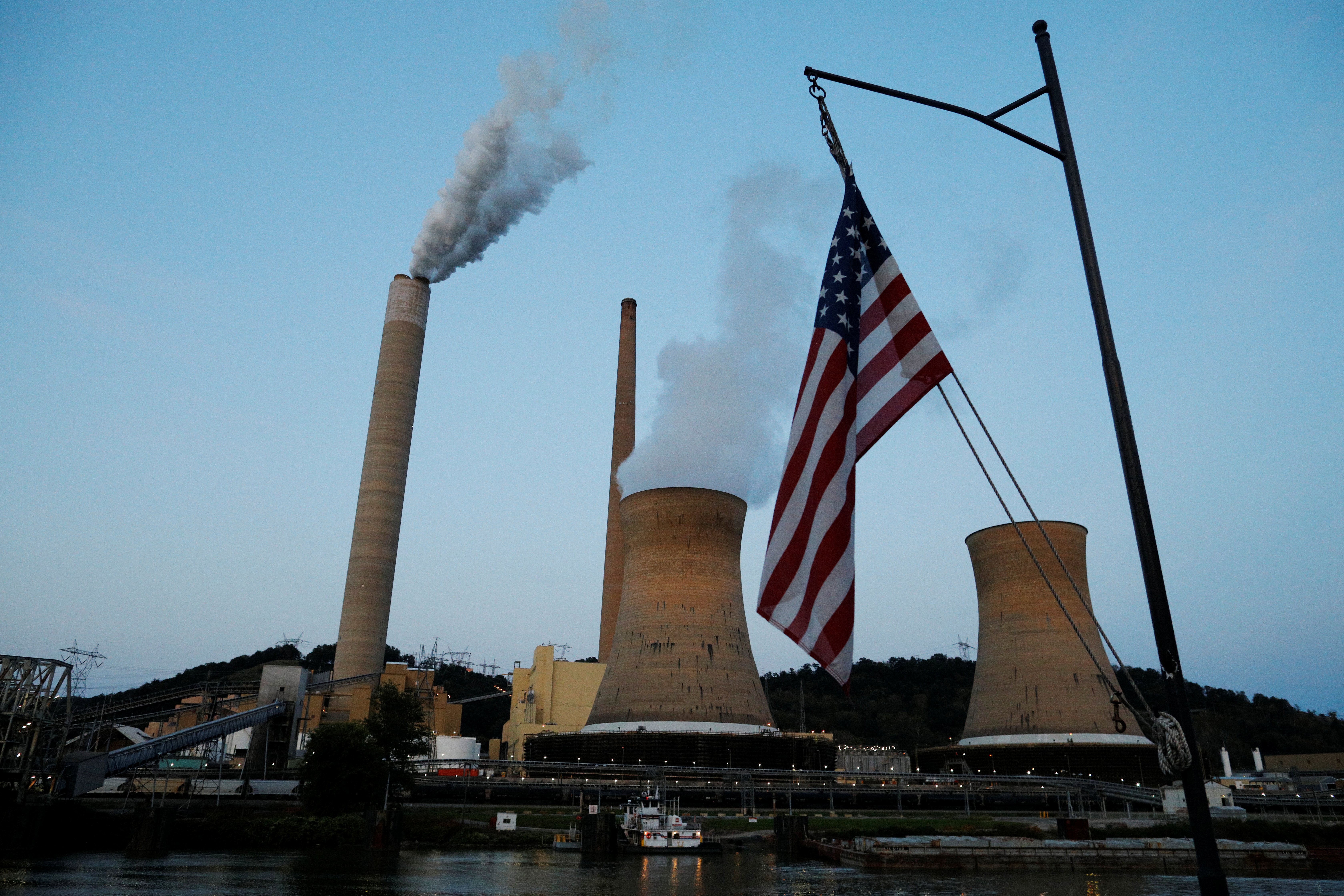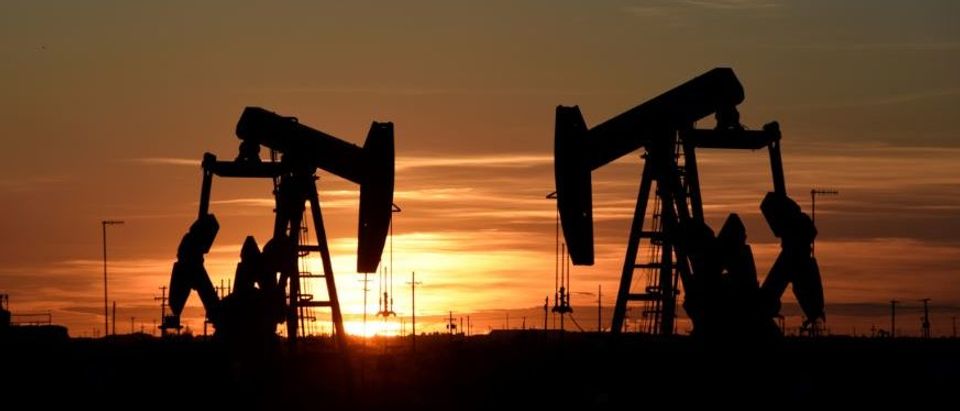- Energy analysts did not take into account President Donald Trump and technology developments when they projected in 2010 that the U.S. would still be importing oil by 2020.
- Data show that many of the projections energy analysts made in 2010 were way off the mark, especially those suggesting that carbon emissions would continue climbing within a decade — they were wrong. Emissions fell.
- Energy analysts also did not consider the effects of hydraulic fracking when they projected that coal would continue to be the top energy source for years to come.
Energy analysts argued in 2010 that coal would still be a top fuel source by 2020 and that Americans would still be dependent on oil imports at the end of the decade — those projections didn’t pan out.
The Energy Information Administration (EIA) projected in 2010 that the U.S. would be producing about six million barrels of oil a day by 2019, not the 12 million barrels of oil a day it actually produced. The EIA made other forecasts that year that did not ultimately come to fruition.
The EIA projected oil prices would hover around $100 a barrel in 2019 instead of $60 a barrel, where oil prices are currently pegged. The agency was also apparently unable to see into the future and observe how hydraulic fracturing would affect gas production over the past decade.
EIA’s inability to correctly forecast energy markets years in advance portend bad things for climate forecasters, many of whom use models to argue that carbon emissions will continue to increase well into the future.
Why Were They Wrong About Oil And Gas?
Former President Barack Obama signed legislation in late 2015 ending a decades-old ban on crude oil exports, which resulted in U.S. oil production doubling between 2009, when Obama took office, to 2016, while natural gas production shot up 50% in that time.
The boom took place on state and private lands where the Obama administration had little to no control.

Former U.S. President Barack Obama addresses a town hall of young leaders from across Europe at an Obama Foundation event in Berlin, Germany, April 6, 2019. REUTERS/Fabrizio Bensch
President Donald Trump ultimately reaped many of the benefits. Imports from the Organization of the Petroleum Exporting Countries fell to 1.5 million barrels per day in March, which is the lowest level since March 1986, the EIA reported in June.
EIA said at the time that OPEC imports fell “as domestic crude oil production has increased.”
The agency projected in 2010 that the U.S. would import a net eight million barrels of petroleum products by 2019. The U.S. actually exported a net 89,000 barrels of petroleum as the country became one of the top natural gas producers.
The U.S. became the world’s largest producer of fracked natural gas in 2012, surpassing Russia. It also passed coal as the country’s leading source of electricity in July 2017.
Why Were They Wrong About Coal?
Analysts who projected coal would still be king failed to take into consideration what fracking would do to the industry. (RELATED: Here’s How Trump’s Environmental Legacy Stacks Up With Obama’s Record)
The fracking boom, which began around 2009, collapsed the price of natural gas, giving public utilities a low-cost alternative fuel as regulations imposed by Obama forced coal plants to install expensive equipment or retire. Hydraulic fracturing and the accompanying rules have provided a one-two punch to coal producers.

The U.S. flag flies on Campbell Transportation’s towboat M.K. McNally as it passes Mitchell Power Plant. REUTERS/Brian Snyder
Nearly “34.1 [gigawatts] of coal capacity from 170 coal-fired generators at 85 plants have retired — 36 of those plants remain operational” since 2016, Glenn McGrath, an engineer at EIA who is responsible for calculating electricity generation, told the Daily Caller News Foundation in November. One gigawatt can power roughly 300,000 homes.
Natural gas production remains stout, while nearly 50 coal plants have closed down since Trump campaigned on bringing the industry back to life. Coal plant closures have slowed since 2015, according to EIA data, though natural gas producers show no signs of slowing production.
What Does This Mean For Climate Forecasts?
The EIA projected in 2010 that carbon dioxide emissions would continue escalating, but reliance on natural gas instead of coal has actually reduced such emissions. Only 5.3 million metric tons of carbon dioxide emissions were emitted as of 2018 rather than the 5.8 million the agency projected.
The growth in wind, solar, and to a lesser extent, nuclear power, is also accelerating the dip.
“In the last 10 years, the emissions reduction in the United States has been the largest in the history of energy,” Fatih Birol, the executive director of the International Energy Agency, said at a press conference in February.
Birol’s comments reinforce a point energy analysts are making: Natural gas is slashing emission levels. The effect such technologies have on carbon emissions would not have been evident in 2009, nor would the massive increase in shale fracking, which is supplanting other forms of energy.
All content created by the Daily Caller News Foundation, an independent and nonpartisan newswire service, is available without charge to any legitimate news publisher that can provide a large audience. All republished articles must include our logo, our reporter’s byline and their DCNF affiliation. For any questions about our guidelines or partnering with us, please contact licensing@dailycallernewsfoundation.org.


